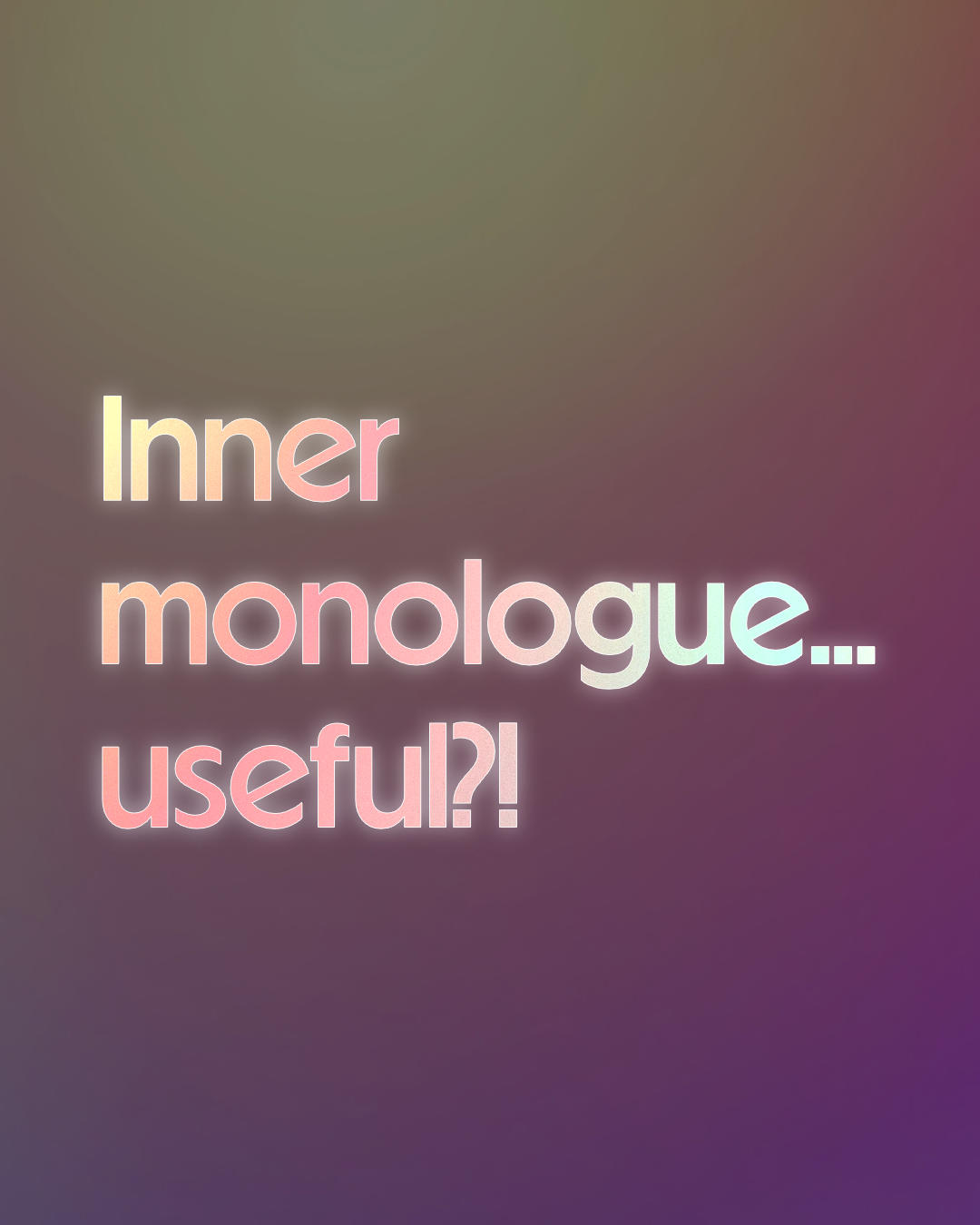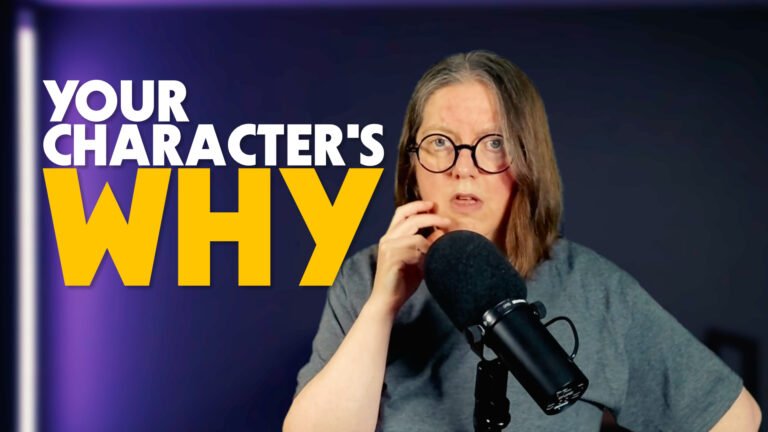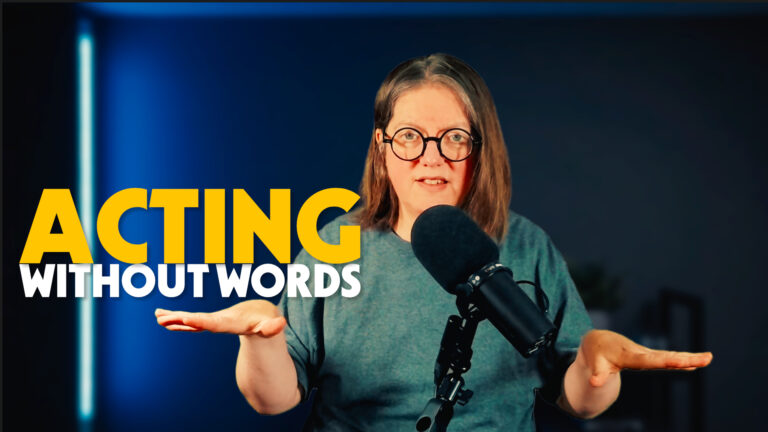
Many improvisers are familiar with the well-intentioned advice to “get out of your head.” The idea is that to be present and spontaneous in a scene, we must silence the relentless narrator constantly planning, judging, and… thinking.
While valuable, maybe this idea doesn’t tell the whole story for everyone? What if that incredibly active, sometimes overwhelming, inner monologue isn’t just a distraction to be wrestled into submission, but potentially a powerful, untapped resource for your improv?
This was a central theme in a recent conversation on (my recently renamed and resumed podcast and YouTube show) Your Improv Brain, where we explore how a constant stream of inner speech, far from being a detriment, might actually be a unique asset. Guest Sabrina Banes, an NYC-based improviser, shared her experience of living with a very active inner monologue, one that’s essentially always running. She described how, since childhood, her mind has been engaged in internal conversations, working through scenarios and potential responses. Rather than finding this a hindrance in improv, Sabrina finds it often means she doesn’t need much time to formulate a response to a scene partner. Her brain, she explained, is always preparing, having practiced many permutations of possible conversations.
But: This isn’t about rigidly pre-planning scenes, which is not what we want in improv, but more like a constant mental warm-up… exploring the possibilities of what could happen.
Sabrina and I also discussed the importance of controlling the environment before a performance to minimize detrimental anxiety.
Interestingly, this habit of mental scenario planning might directly feed into one of long-form improv’s core skills. I let you know what that is near the end of the episode.





